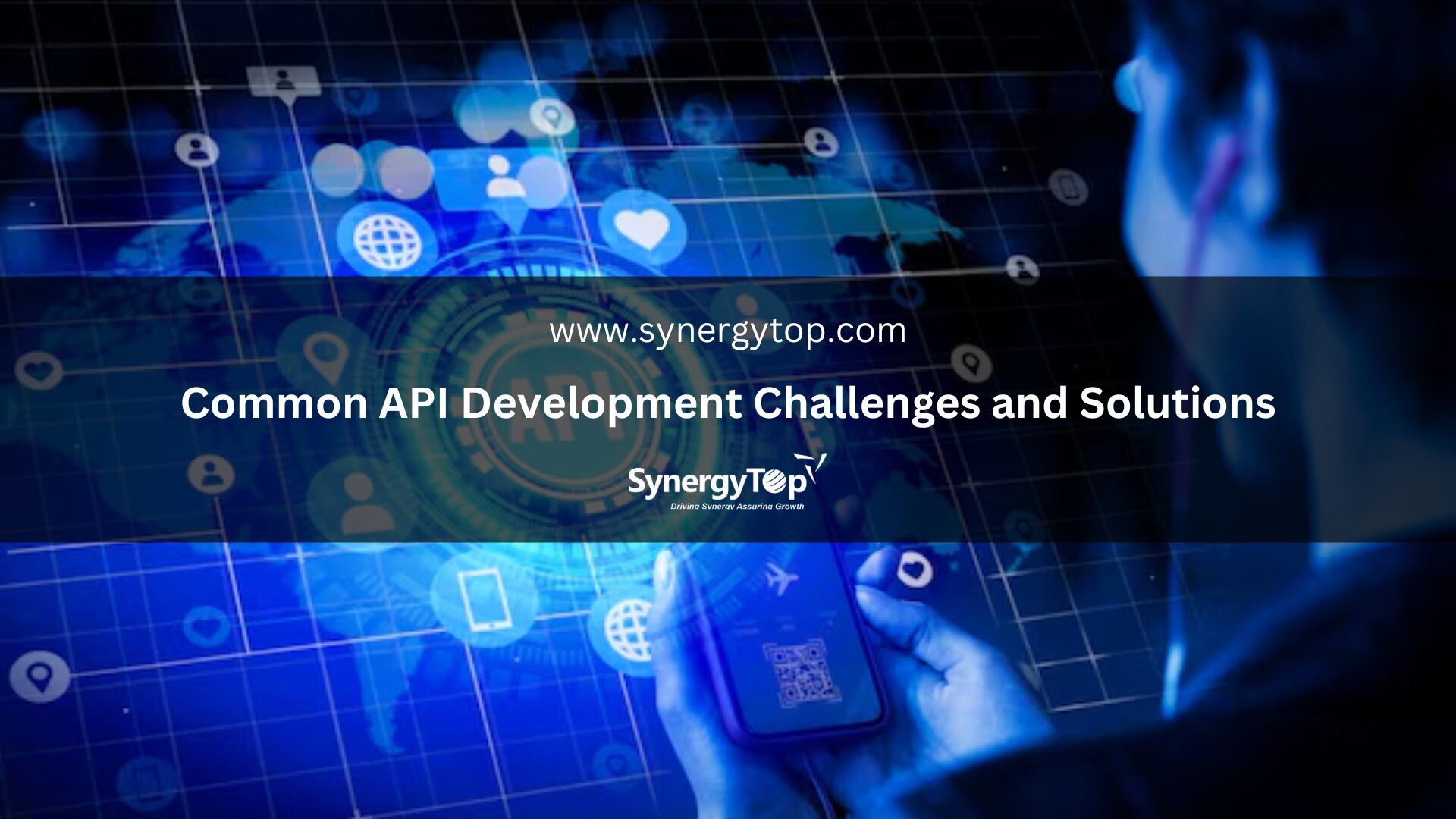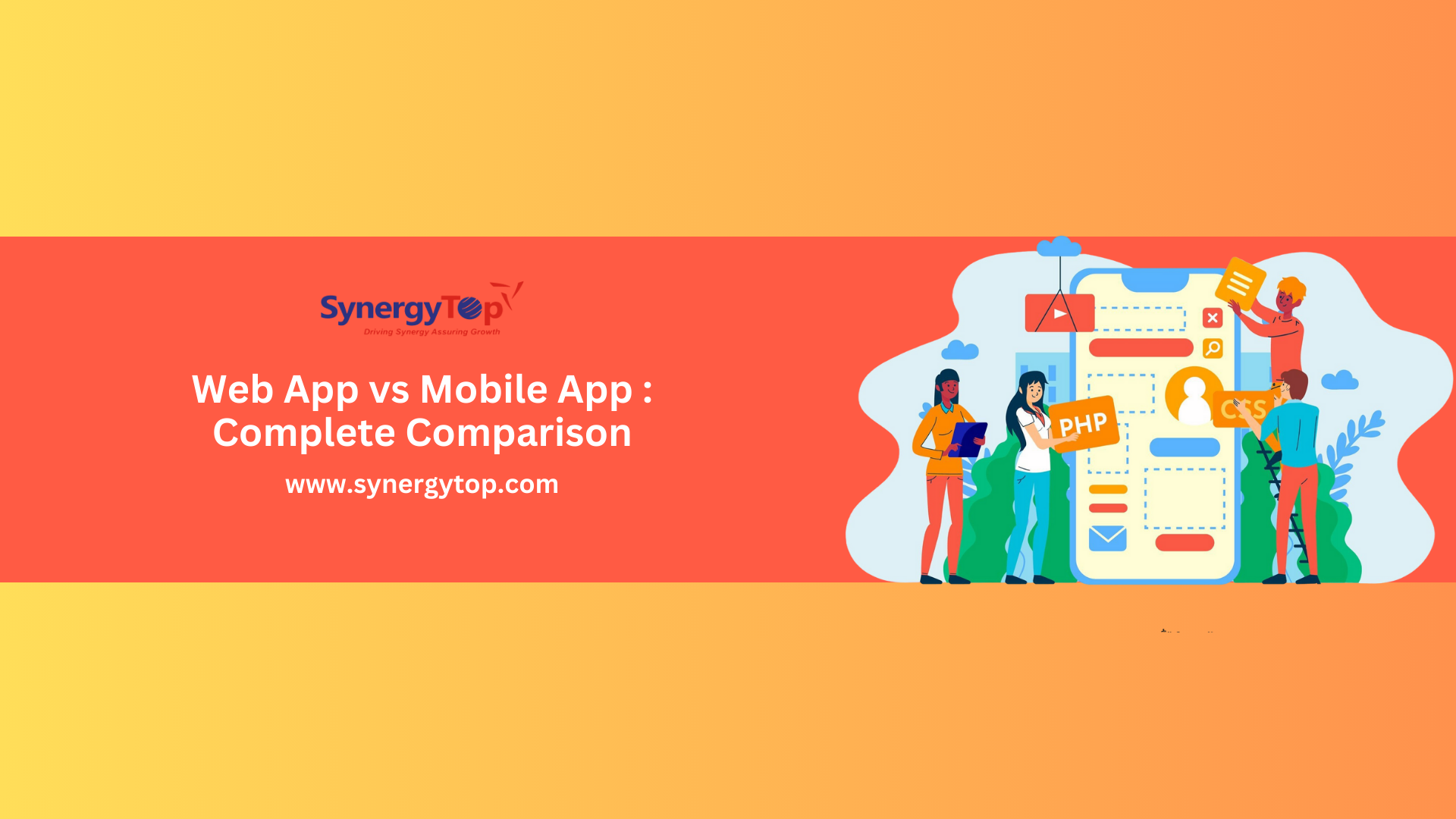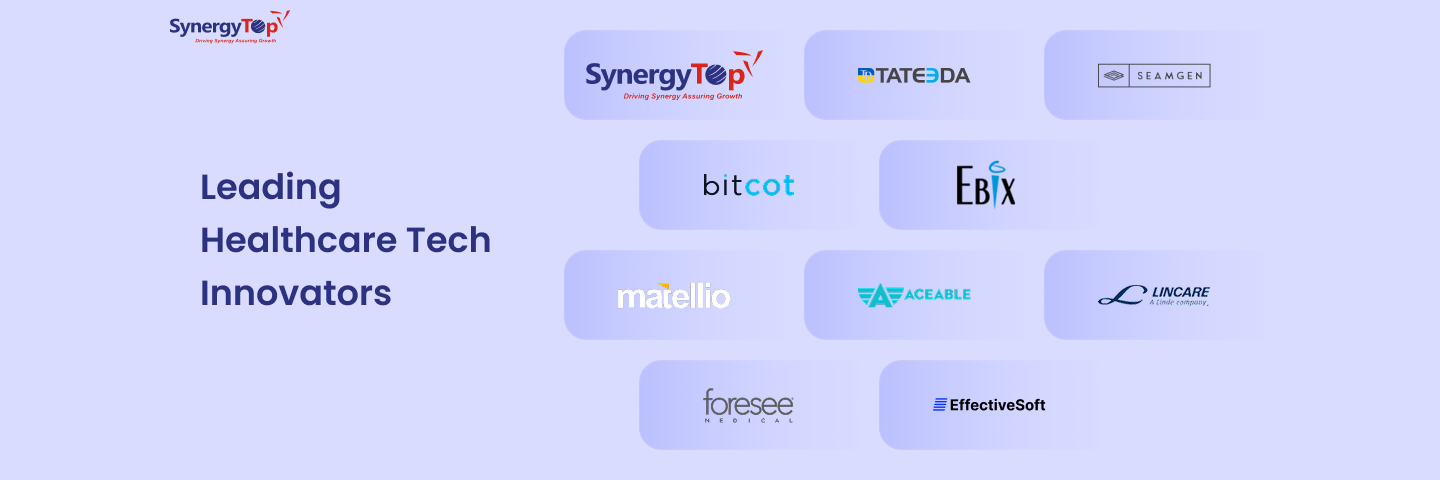Imagine more than half of all Internet traffic being messengers between software programs. That’s the reality today, with APIs, or Application Programming Interfaces, taking center stage.
According to Cloudflare’s 2024 API Report, 57% of the Internet traffic is API requests.
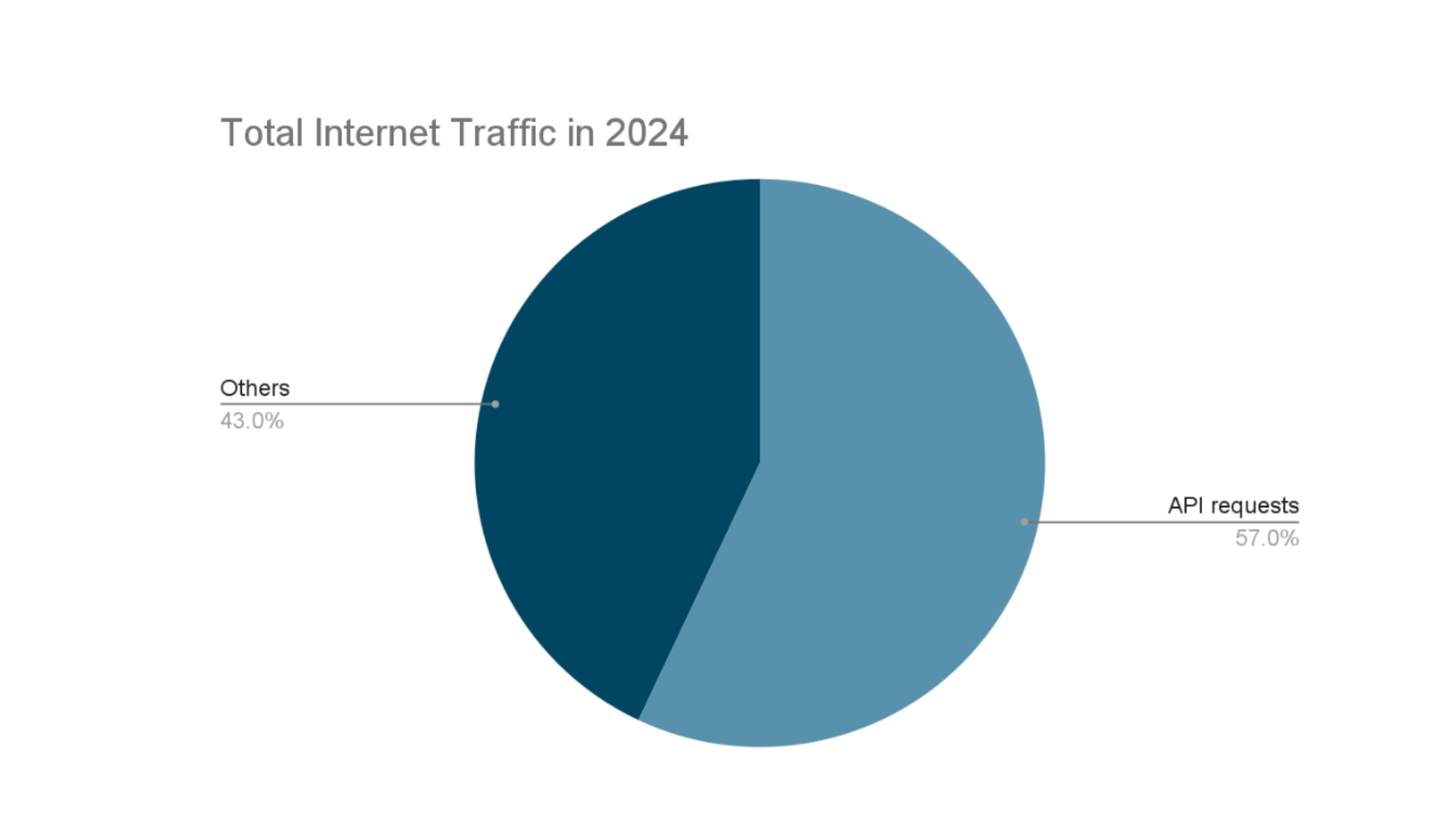
APIs or Application Programming Interfaces are quickly gaining popularity. They allow different applications to connect, share information, and seamlessly work together. No wonder they’re crucial for modern software development!
But building strong, efficient APIs isn’t always smooth sailing. Developers often face roadblocks.
In this blog, we will explore the 5 common challenges and find ways to overcome them.
5 Common API Development Challenges
You may encounter several different challenges when developing APIs. These challenges are bifurcated into the following categories:
- API integration challenges
- API security challenges
- Scalability and performance challenges
- Versioning and backward compatibility challenges
- Documentation challenges
Let us explore the key API development challenges in these categories.
1. Integration Challenges
APIs interact with various external systems, services, and databases. Now, every system, service, or database has its own protocols, formats, and behavior.
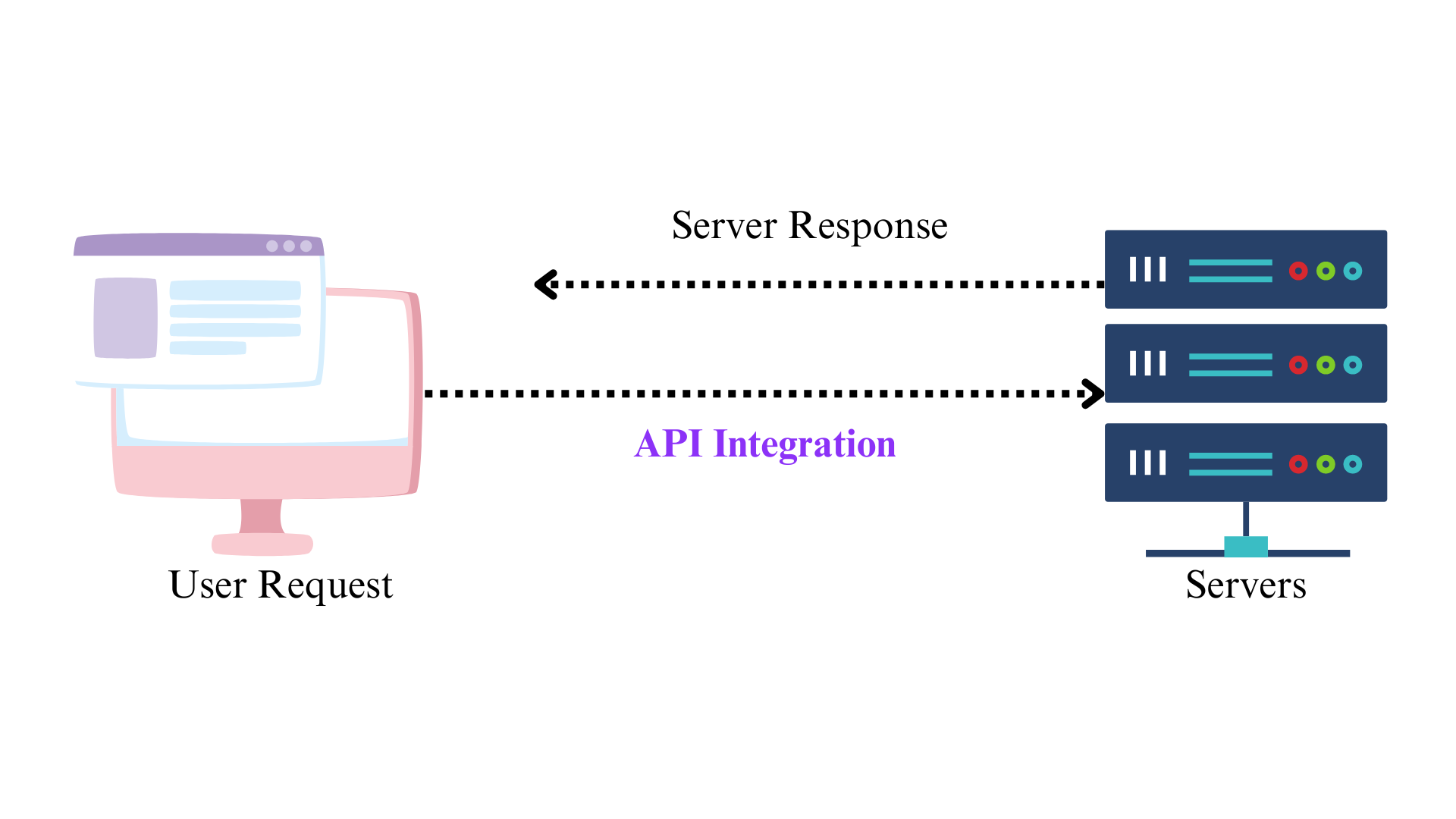
This makes API integration challenges a common occurrence.
This complicates communication with diverse systems; essentially defeating the main purpose of APIs.
Some ways to solve API integration challenges include:
- Adopt standard protocols such as REST, SOAP, or GraphQL to ensure consistency and predictability.
- Use up-to-date API documentation that includes use cases and error-handling guidelines.
- Use automated testing frameworks to test API endpoints against different scenarios/edge cases. Tools like Postman, SoapUI, or custom scripts help simulate interactions and validate responses.
2. Security Concerns
92% of financial and insurance companies have had major security issues with their APIs in 2023. Almost 20% have had an API security breach.
The worst part is that these sectors aren’t the only ones exposed to API security concerns.
All APIs are vulnerable to security threats. (Think: Unauthorized access and data breaches.) These issues increase if the API is publically available on the Internet.
Thus, it is important to ensure the security of your API and the data it handles.
Some ways to address security concerns include:
- Use authentication mechanisms such as OAuth2, JWT (JSON Web Tokens), or API keys.
- Use HTTPS to encrypt data in transit, preventing eavesdropping and man-in-the-middle attacks. For sensitive data, consider using additional encryption at the data storage level.
- Validate and sanitize all incoming data. This helps protect against attacks like SQL injection, XSS, etc.
- Conduct regular security audits and vulnerability assessments. You can use tools like OWASP ZAP or Burp Suite for this.
Releasing an API for public users?
Protect it from abuse by implementing rate limiting and throttling. This involves setting limits on the number of requests a client can make within a given time period. This prevents excessive usage that could lead to denial of service.
3. Scalability and Performance
A recent report suggested that users expect APIs to respond within 2 seconds. Also, 53% of developers consider API performance as the most important aspect.
So an API must handle an increasing number of requests. Without degradation in performance.
But as the usage of an API grows, scalability and performance challenges crop up. Here are some ways to address scalability and performance-related API development challenges include
- Implement caching strategies to reduce the load on the server. This also improves response times. Use tools like Redis or Memcached to cache frequently accessed data.
- Distribute incoming requests across multiple servers using load balancers. This helps ensure that a single server doesn’t become a bottleneck. Thus, it improves overall availability and reliability.
- For operations that do not require an immediate response, consider using asynchronous processing. Message queues like RabbitMQ or Apache Kafka can help decouple tasks. Decoupling allows your API to handle high loads without blocking.
- Optimize database queries and use indexing to speed up data retrieval. Consider using read replicas to distribute the load and improve read performance.
Additional Suggestion: Use reliable tools for API performance monitoring.
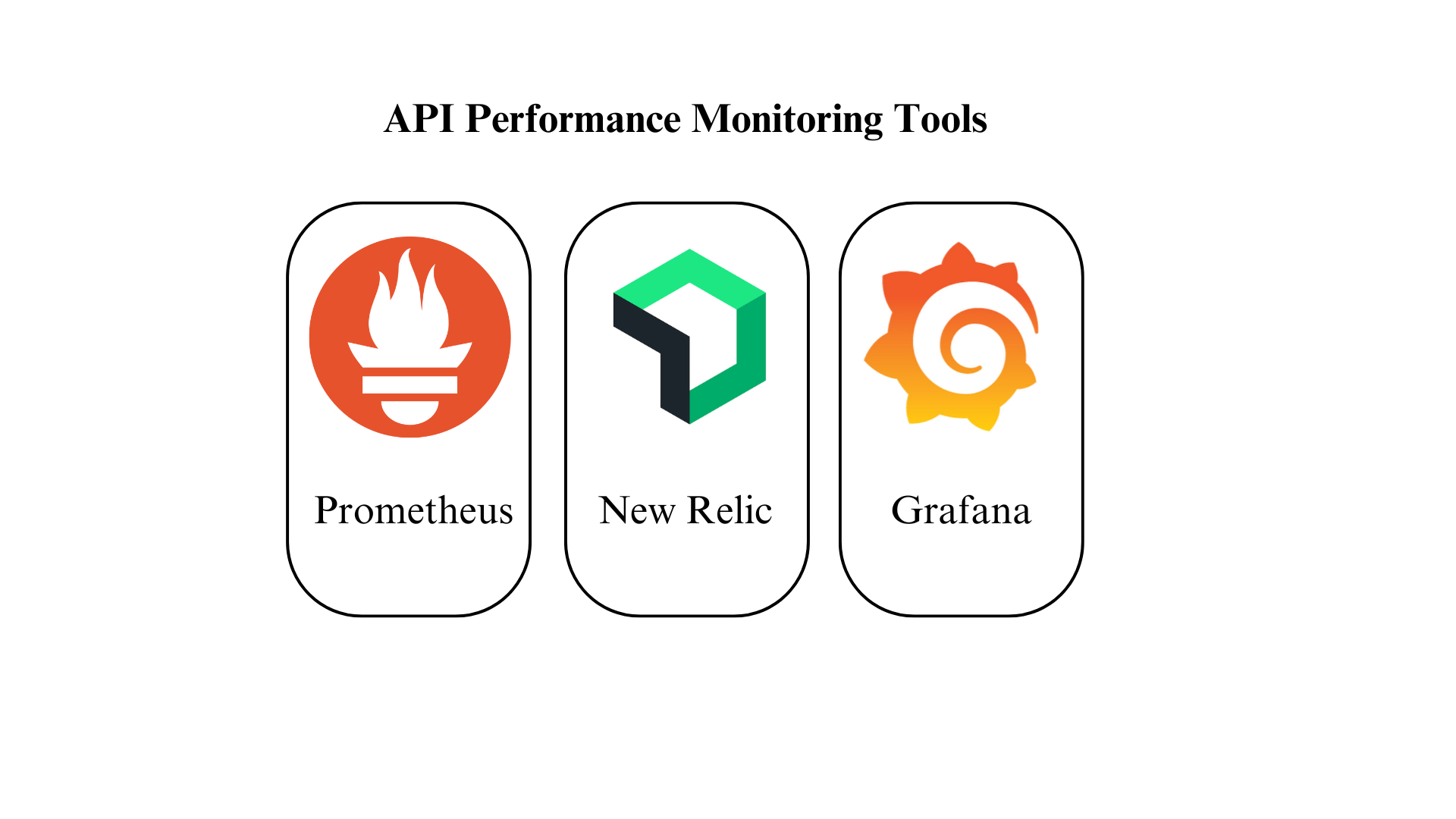
These tools don’t just help track API performance but also identify bottlenecks. Analyze metrics like response times, error rates, and throughput. These should guide your decisions about scaling and optimization.
4. Versioning and Backward Compatibility
APIs evolve over time. Changes are inevitable. However, updating an API can break existing integrations. That’s a direct recipe for disruptions for clients relying on previous versions.
Thus, maintaining backward compatibility while introducing new features is a delicate balance.
Here are some tips to avoid versioning and backward compatibility-related API development challenges.
- Implement versioning strategies to manage changes without disrupting existing clients.
Common approaches include versioning in the URL (e.g., /api/v1/resource). You can also use headers (e.g., Accept: application/vnd.api+json;version=1).
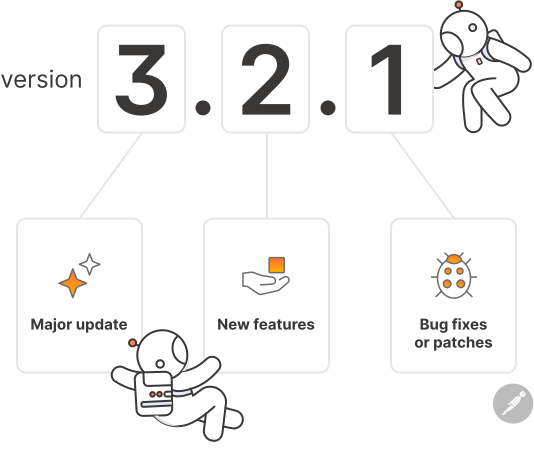
- Establish a clear deprecation policy and communicate it to your users. Provide ample notice before deprecating old versions.
- Ensure that new versions are backward compatible. You can do this by not removing or changing existing functionality. Instead, add new features as optional enhancements or introduce non-breaking changes.
Suggested Read: Postman’s comprehensive guide on API versioning.
5. Documentation and Developer Experience
Poor documentation and unfriendly experience hinder the effective use of APIs. Thus, it is important to ensure a positive developer experience for the success of your API.
Some ways to tackle developer experience and documentation-related challenges in API development include:
- Provide detailed, clear, and well-structured documentation. The documentation should include examples, code snippets, and use cases in detail.
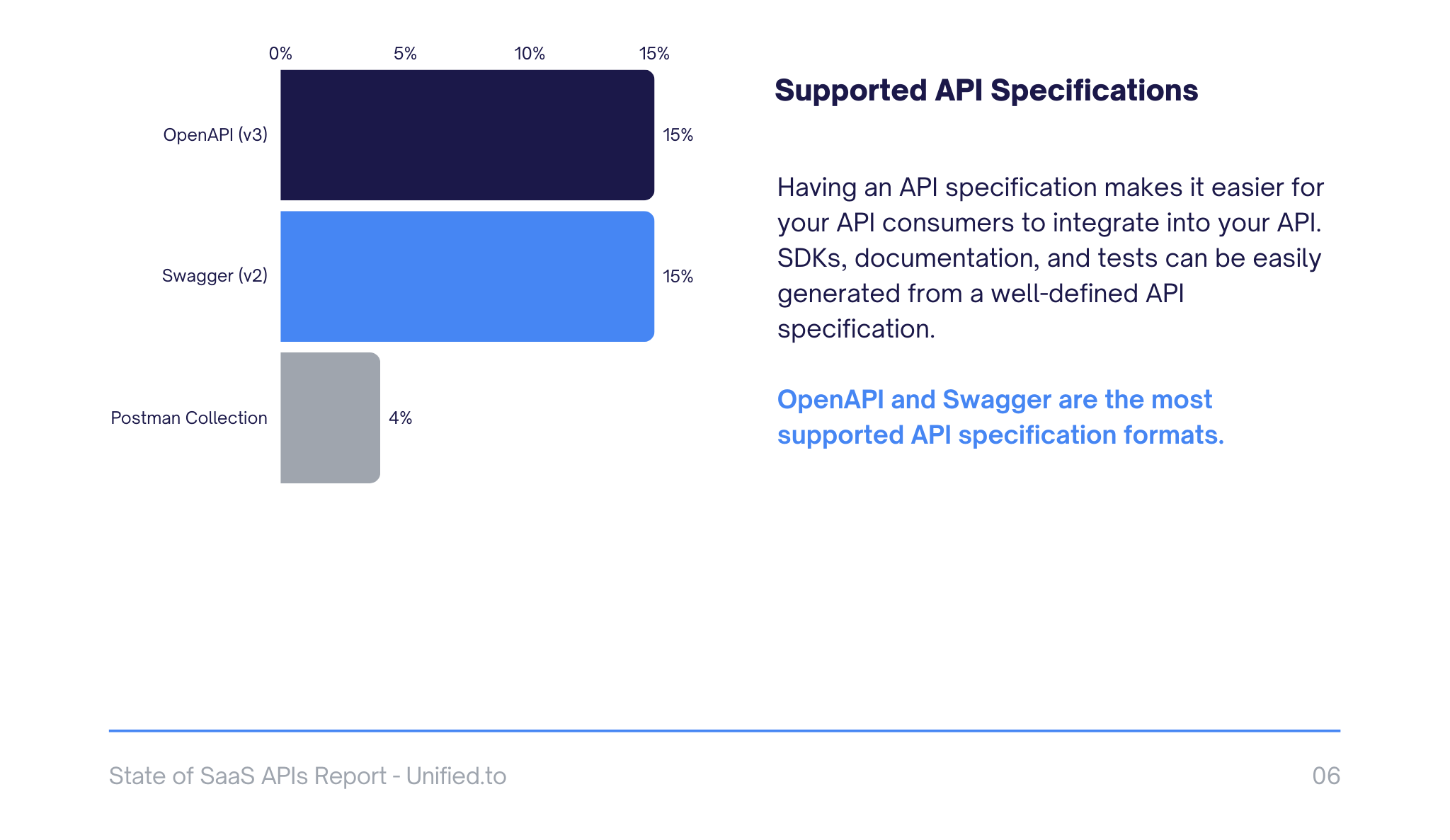
- Offer interactive API explorers or sandboxes. This is where developers can experiment with API endpoints and see real-time responses. This can significantly enhance the learning curve and adoption rate.
- Provide SDKs and libraries in popular programming languages to simplify the integration process. These should be well-documented, maintained, and kept up-to-date with the latest API changes.
Pro Tip: Foster a developer community through forums, discussion boards, or Slack/Discord. Engage with users, address their concerns, and gather feedback to improve your API.
Getting Started With API Development Services
API development is a critical aspect of modern software development. It enables seamless integration and communication between diverse systems.
Now there are several daunting API development challenges that you might face. However, following best practices and proactive measures can significantly mitigate these issues.
By addressing API development challenges, you can build reliable, secure, and easy-to-use APIs.
At SynergyTop, we can help you achieve those results with our API development services. We also offer API integration services to help you make use of public and private APIs.
SynergyTop’s API Development and Integration Expertise
At SynergyTop, we have been active in software development for the past 10+ years. And we are not just passive participants but active pioneers. We have delivered 50+ products and developed and integrated several APIs.
This gives us first-hand experience in addressing API development challenges. Not just that, we have also yielded successful outcomes for our clients.
Want to develop an API or integrate one with your business? SynergyTop has a team of experts who offer API integration services well-suited for your needs.
Here’s what we offer:
- API development services and consulting
- API integration services and consulting
- Troubleshooting API development challenges/API integration challenges
- Long-term API maintenance and support
Don’t wait. Schedule a no-cost consultation with our API development experts to get started now.


